

Agriculture is the single most important economic activity in the district, in terms of employment and income generation. It is therefore important to remove all obstacles facing agricultural production and productivity in the district.
The district is a major producer of yam, cassava, maize, groundnuts, cowpeas and rice. The major crop producing areas of the district is shown below. The District has the potential to produce more cassava and yams when there is ready market for the produce.
Agricultural Characteristics:
Most farmers in the district still practice-shifting cultivation. This is especially true for farmers in the northern part of the district. Factors that contribute to this include, availability of land as a result of the relatively low population density, and high cost of agricultural inputs and lack of extension officers to advise on the proper land usage.
Most of the farmers in the district are subsistence farmers, cultivating very small acreages. On the average, farmers cultivate just about 2 acres of land. They also depend on hoes and cutlasses for their farming activities. Mechanized farming is not done in the district.
Most farmers also depend on farming labour. Credit facilities are not available to farmers. Farmers depend on traditional methods of storage. Post harvest losses are very significant especially during the rainy season when the district is virtually cut off from the rest of the country.
Agro-processing is limited to gari processing, therefore about 95% of agricultural produce is sold unprocessed. Farmers have little chances to store as well as process their produce to help stimulate better and stabilized prices for them. This is one of the reasons for low - income levels in the district.
Livestock:
The district produces a lot of livestock, one’s that can be found in the district include, cattle, sheep, goat and pigs. Poultry is also found in the district. However, these are often local breeds. Even though livestock figures for the district are not available, the stocks are not enough to help in improving the nutritional and income status of the population.
Livestock Producing Areas:
Cattle:- Bonakye, Kpassa, Tinjase, Damanko, Kabiti
Sheep and Goat:- Bonakye, Kpassa, Tinjase, Damanko, Kabiti
Pig:- Alokpatsa, Bonakye, Damanko, Kpassa, Ofosu
Poultry:- Throughout the district, Exotic breeds at Nkwanta.
There is the potential to increase the production of cattle, goats and sheep by introducing new breeds, improving husbandry practices and establishing fodder banks and improved pastures especially at Kabiti and Damanko where there are large expanse of land and water.
Fish Farming:
This is not a particular practice in the district. Communities like Brewaniase, Damnako, Moria,’Kpassa and other areas abound in low-lying lands and have regular supply of water. The youth in the district can be encouraged to go into fish production when given the necessary technical and financial support.
Fishing as an activity is carried out on the Oti arm of the Volta Lake in the district. This is mainly done by the migrant Tongus. This activity is done mainly at Damanko, Kabiti and Kabonwule.
Comparative Advantage:
As mentioned earlier, the district is mainly an agricultural district. The soils support variety of crops. There is vast stretch of land with suitable vegetation and climate for optimum crop production. The District has comparative advantage in the production of yam and cassava.
The introduction of mechanized agriculture for the production of cassava and other cereals could stimulate increased incomes and eventual reduction in poverty.
Trade and Commerce:
The proportion of the district population engaged in wholesale and retail trading is just about 4.8 percent. These are basically manufactured products imported into the district. There are a number of major markets in the district where vigorous trading activities especially in agricultural produce take place. These markets are important in the agricultural development of the district, offering producers a location to meet buyers and also giving them the opportunity to buy agricultural inputs.
Food Supply and Price
Food items were available at the market centres all over the district despite the cargo haulages to the south everyday. Apart from maize and sorghum, prices for 2006 were higher than that of 2005 compared for the same period as indicated below. Harvesting of the early maturing yams has started gradually but very expensive.
Input Supply and Price Situation
The input situation is gradually improving as there is enough supply of agro-chemicals and fertilizers. However, there are no veterinary shops to cater for our numerous farmers.
Pest and Disease Outbreaks
There were no cases of pest and disease outbreak in crops.
Scheduled Disease Outbreaks
There was suspected outbreak of foot’ and mouth disease in a kraal at: Bonakye and Alejekura. Seven of the animals suspected are responding to treatment.
Outcomes/Effects of Previous Activities
Farmers are now using Hound up for land preparation, planting unproved seed and applying fertilizer, spraying their cowpea and vegetables. Can prune their cashew trees as recommended. Some were able to establish their own fodder banks can administer the 1-2 vaccine.
AGSSIP Demonstration
Clearing was done under the 13 acre demonstration tree crops comprising 3 acres of cocoa, 2 acres citrus. 2 acres mangoes, 2 acres cashew, 2 acres oil palm, and 2 acres miscellaneous.
Ten bee hives were also placed in the farm to make it a multipurpose demonstration one.
AGSSIP Soil Fertility Initiative Fertilizer Recommendation
An acre of land has been prepared at Abrewankor on Mr. Sosi Augustine’s farm for laying this demonstration.
CIDA/FABS Programme
Three beneficiary groups namely:- Kpassa/Abunyanya food crop production group, Sibi and Tinjase food crop production groups each received an amount of (120,000,000.00 from the North Rural Bank at jasikan -Guaman. Land has been acquired at Kpassa and Brewaniase for the construction of milling halls and installation of first class rice processing plants. This is same for Damanko and Krontang cassava processing groups.
Presidential Special Initiative on Soya Bean (PSI)
Laud for the cultivation of 150 acres of soyabean under the presidential special initiative programme was inspected at Damanko and Kpassa respectively. The identified groups are Damanko cassava processing group and Kwadjo Donkor progressive; group at Kpassa.
Seed Production and Certification Activities
The seed inspector certified and assisted seed growers to bag a total of 320 mini bags of seed maize obatanpa for sale to farmers this planting season.
Field Inspection
Field inspection visits were conducted to Kwadjo Donkor and Golden Farms at Kpassa and Dapaa respectively. band preparation is in progress for the minor season seeding. Kwadjo Donkor targeted 40 acres of obatanpa and 2 acres of mamaba hybrid seed production and Golden farms increased his target from 10 acres to 20 acres of obatanpa seed production this season.
Livestock Sub-Sector
Objectives:
To assist 2 new farmers per zone to establish one acre each of fodder hank Facilitate the formation of grazer group in 5 communities To train pig farmers on non conventional feed formulation that is other by products that were left to waste like, rice bran, pito mash, cassava peel etc. were compounded into conventional feed. One demonstration targeted and achieved.
10 acres of fodder bank established 4 grazer groups formed and communal grazing sites identified.
Effect of Previous Activities
Farmers have seen (he need for fodder bank establishment and are preparing their own plots For it. Most of the farmers which attended the conventional feed training are preparing their own feed.
Over Sowing of Range Lands and Establishment of Fodder Banks
Ten acres of fodder banks were established during the period comprising 3.5 acres stylosanthes and 6.5 acres cajanus.
Breed Improvement
Thirteen (13) breeders (males 11, females 2) were invited to participate in a two day workshop on participatory breeding organised by the Animal production department at the valley view university.
Disease Outbreak and Control Measures
There was a suspected outbreak of ’mange’ and ’foot and mouth’ in some areas of the district, but for the timely intervention of the veterinary officers the situations were put under control and the affected animals treated.
Disease Surveillance
This activity was seriously tackled and all cases detected were quickly reported to the rightful quarters for prompt redress.
Awareness Creation
Five communities comprising Mrewaniase, Nkwanta, Keri, Bonakye and Kabiti were visited and awareness on the importance of immunization for rabies, anthrax, CBPP, PPR, NCI) using 1-2 vaccine were created. They were also sensitized on the Bird flu and taken through detection, prevention, handling and control measures of the-disease.
Date Created : 11/23/2017 7:11:35 AM


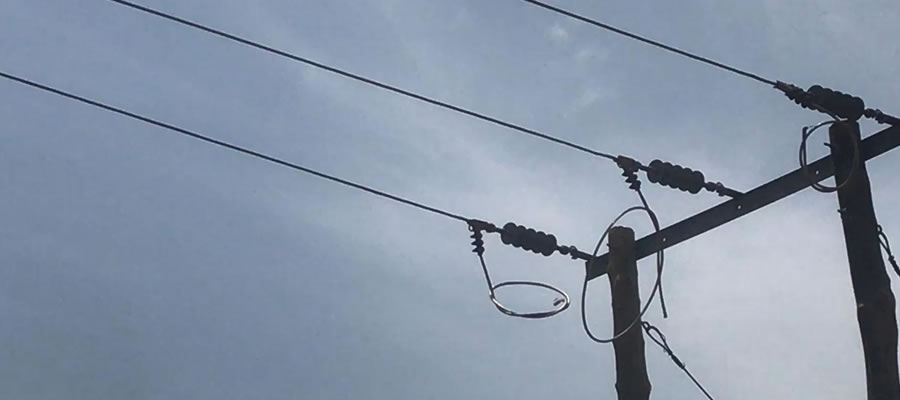
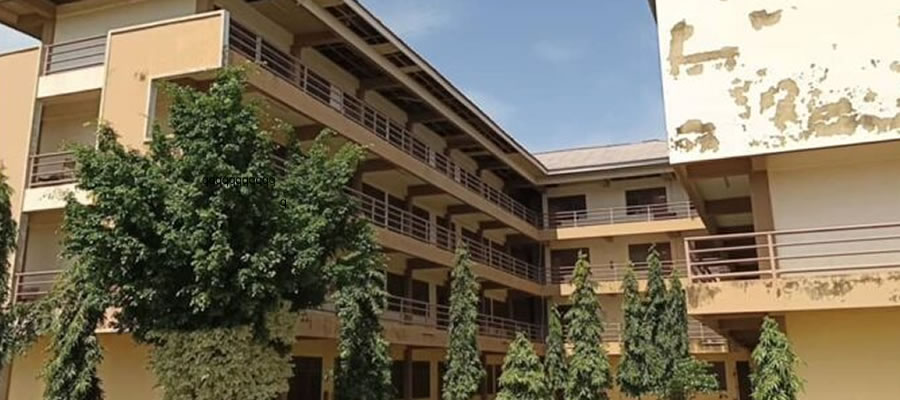


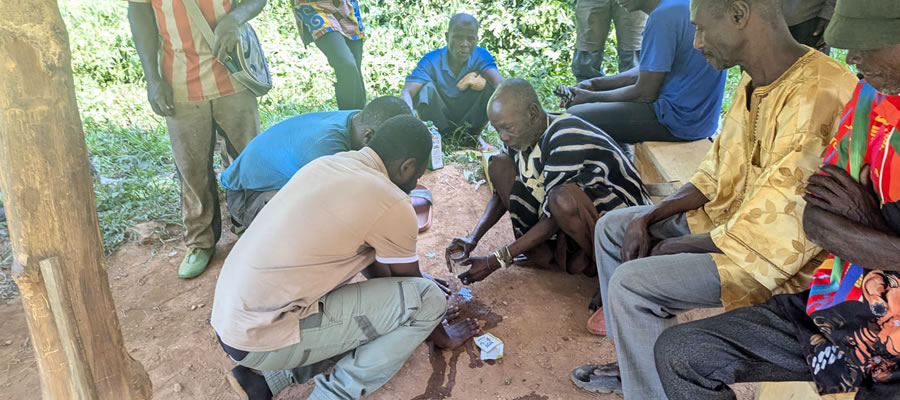
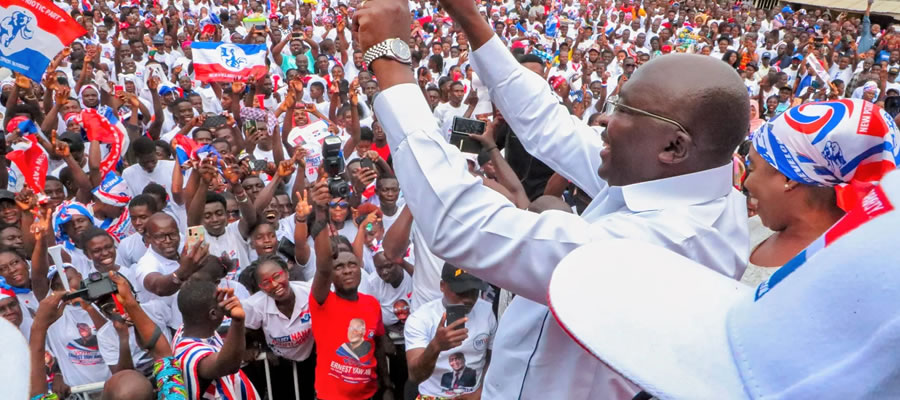
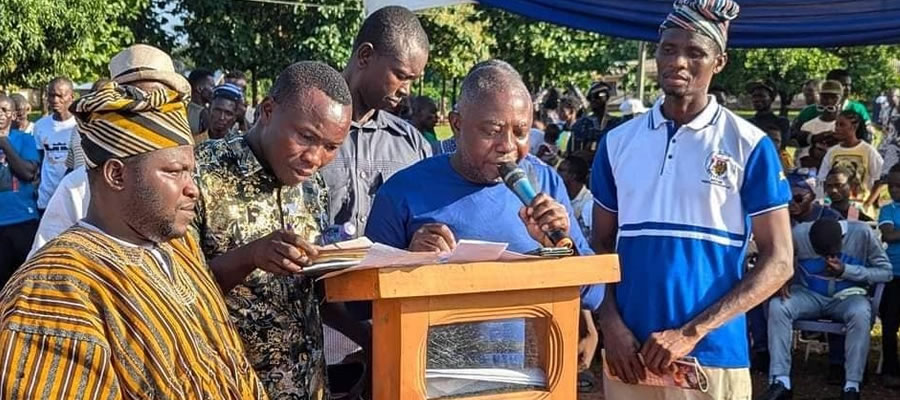



 facebook
facebook
 twitter
twitter
 Youtube
Youtube
 +233 593 831 280
+233 593 831 280 0800 430 430
0800 430 430 GPS: GE-231-4383
GPS: GE-231-4383 info@ghanadistricts.com
info@ghanadistricts.com Box GP1044, Accra, Ghana
Box GP1044, Accra, Ghana